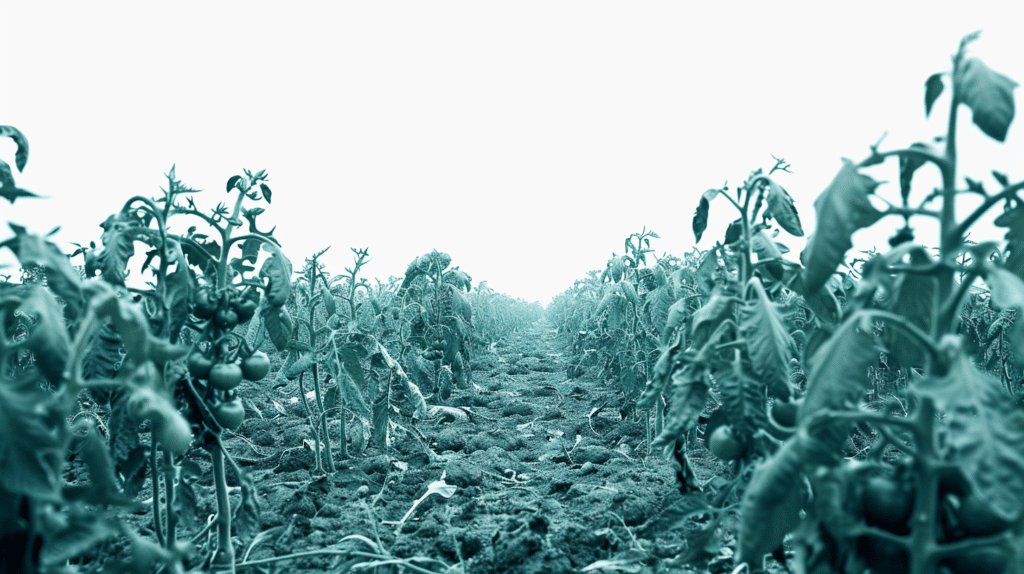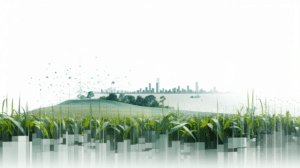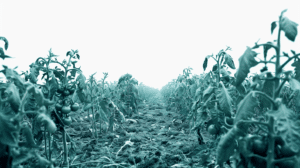Navigating the sourcing of essential ingredients has become increasingly complex, influenced by a multitude of interrelated factors. These complexities extend from environmental shifts to geopolitical tensions, creating challenges for securing vital crops. Herein we discuss the dynamics behind crop supply shortages, highlighting their real-world impact through examples from the market.
Climate Change: A Major Disruptor
Climate change poses one of the most significant threats to global agriculture. Rising temperatures, shifting rainfall patterns, and extreme weather events disrupt crop cycles, reduce yields, and diminish the quality of agricultural produce. Heatwaves, droughts, floods, and storms can devastate crops, leading to shortages and price volatility in the market.
Global processing tomato production is mainly concentrated in a few regions, making it vulnerable to the impacts of climate change. Models suggest that by 2050, production in key countries like the United States, Italy, and China could decrease by 6% due to rising temperatures.
Pest and Disease Outbreaks: Silent Predators
Insect pests, pathogens, and weeds can wreak havoc on crops, causing significant yield losses and quality deterioration. Rapid globalization and trade facilitate the spread of pests and diseases across borders, amplifying the risks for agricultural supply chains. Another factor causing a wider spread of pests and diseases is climate change. Climate change has the potential to influence pest populations’ size, survival rates, and geographical spread, as well as the intensity, development, and geographical range of diseases.
In recent years, there has been growing concern about the rapid spread of Fusarium Tropical Race 4 (TR4) that threaten vital crops, particularly bananas. Fusarium TR4 can cause significant yield losses, impacting the incomes of banana farmers and traders.
Geo-Political Instability: Unforeseen Impacts
Geo-political situations, including trade disputes, sanctions, and conflicts, can disrupt agricultural supply chains and exacerbate crop supply shortages. Export restrictions, import tariffs, and geopolitical tensions can impede the flow of agricultural commodities, leading to market uncertainties and supply disruptions.
Instability in Ukrainian agricultural markets has led to fluctuations in food prices. While global food and fuel prices have decreased from their peak levels during the conflict’s onset in February 2022, they remain elevated compared to pre-conflict levels. Specifically, as of December 2023, food and grain prices are still approximately 12-13% higher than they were in December 2020.
In light of these challenges, food and beverage companies must adopt proactive strategies to navigate the complexities of crop shortages in today’s dynamic environment.
Firstly, investing in diversified sourcing networks can help mitigate risks associated with climate-related disruptions and geopolitical tensions. By spreading procurement across multiple regions and suppliers, companies can buffer against localized crises and ensure a more stable supply chain.
Secondly, leveraging technology and data analytics to monitor crop health, pest outbreaks, and market trends can provide valuable insights for proactive decision-making. Early detection of potential risks enables companies to implement timely interventions and minimize the impact of supply disruptions.
Additionally, fostering collaborative partnerships with farmers, suppliers, and industry stakeholders fosters resilience and innovation throughout the supply chain. By working together to develop sustainable practices and contingency plans, companies can enhance their ability to withstand shocks and maintain a reliable supply of agricultural raw materials.
Ultimately, by embracing these strategies and remaining adaptable in the face of evolving challenges, food and beverage companies can safeguard their operations and ensure continuity in the face of crop shortages.








